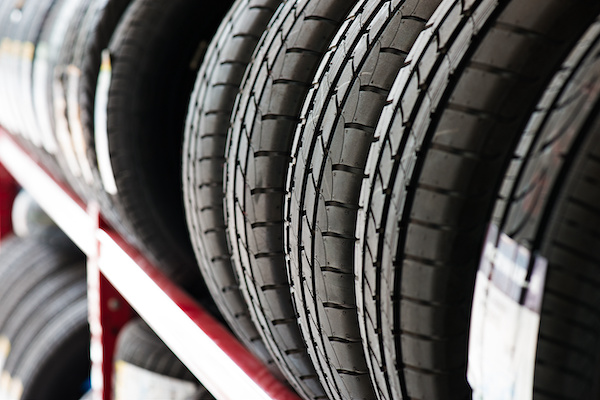
When you see a tire bulge, you may be worried that it means there's something wrong with your vehicle. But the reality is that there are many reasons for a tire bulging. You can avoid an unsafe situation by knowing what a tire bulge means and how to handle it.
What do you need to know about tire bulges?
- A tire bulge isn't always dangerous or noticeable, but it can be. If you're driving on a highway or in heavy traffic and notice one of your tires is starting to show signs of stress, such as bulging, pull over immediately. Your vehicle will most likely be able to continue driving safely if you do this; if not, contact your mechanic immediately.
- It's important to note that when it comes time to replace your vehicle's tires, this could mean replacing all four tires at once or sometimes just two. This will save time and money in the long run because replacing one tire separately could cost hundreds of dollars!
- If you find yourself in this situation where all four tires have been replaced with new ones, make sure they're properly balanced.
Why Is Your Tire Bulging?
When you drive, you put your car through a lot. The tires are constantly rolling over and crushing against the pavement, leaving them with a slight bulge. This is normal and doesn't mean your tire is damaged or needs replacement.
Tires usually bulge during driving because of a combination of factors:
- Your tire pressure is too low
- Your vehicle, like an SUV or truck, has a low center of gravity
- You have a lot of weight in the front of your vehicle, like when you have passengers or cargo in the trunk.
If your tire bulges, you have more air in the middle than at the sides. That means there's less pressure on the outside of the tire, where you need it most! And because there's less pressure on the tires' edges and treads, they don't wear as quickly—so you'll get better mileage out of them.
Despite all that you know, it's always best to have a professional take care of things. So if you need tire repairs, give Villa Marina Auto Care a call today!